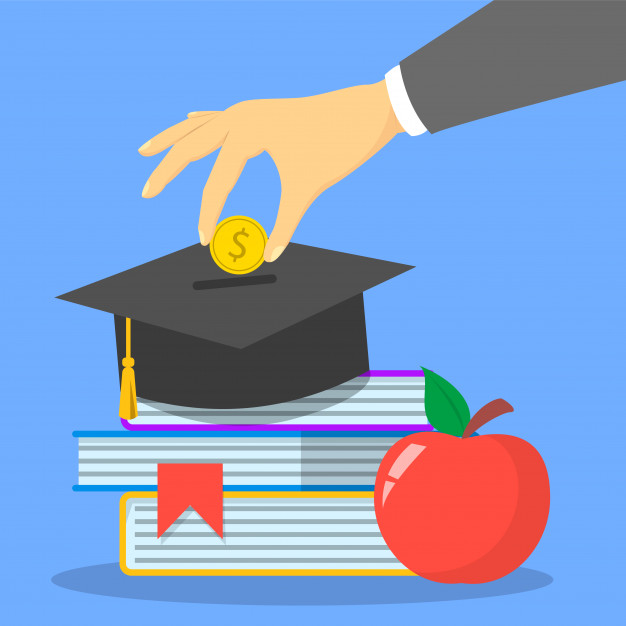
As students and faculty make decisions about returning to campuses this Fall, many bring with them concerns-mainly health safety and financial. Many families have faced financial hardships and money that was earmarked for student’s college education, in many cases, have been diverted to support or supplement basic everyday needs. Many students for either safety or financial reasons have decided to either defer the Fall semester or elected to attend a state school or community college.
Colleges have also faced a large number of challenges and decisions regarding whether or not to resume in-person classes; virtual classes or a combination of both. Some colleges, Notre Dame, University of North Carolina Chapel Hill and Georgetown University for example, have announced that they had to rethink their plans for in-person classes. Many schools are only permitting certain cohorts back to the campus. The Chronicle and Davidson College recently published a reopening model that indicate the national breakdown as:
- TBD 24%
- Primarily in-person 19%
- Hybrid 16%
- Fully online 6%
- Fully in-person 2.3%
- Other 6%
Any of these models are very expensive choices and none of them represent “business as usual” models. Many of them represent loss of revenue for the school in addition to the cost of health and safety processes that need to be in place. Some of the schools we have spoken with indicate that they are experiencing losses ranging from $83 million to over $100 million. Schools are also establishing additional resources to handle the needs of students who are attempting to cope with all the changes and isolation. According to a new survey by TimelyMD, an overwhelming majority (85%) of college students say they continue to experience increased stress and/or anxiety as a result of COVID-19.
Many students have also expressed concerns regarding their readiness to have a college experience that was fully or mainly online. Also, many students from families struggling to meet financial obligations may not have the appropriate technology that will allow them to be successful in a virtual environment. One way schools have attempted to “level the playing field” is to ensure that each student has the tools necessary to successfully access online classes. As an example, Rutgers University recently sent students Apple iPads to make certain they were ready to begin virtual classes.

For many students, having some or a majority of classes online doesn’t present much of an adjustment. Many have grown up with the technology and are quite familiar and proficient with it. What has become somewhat of a major issue with many students is the way in which their lives have been disrupted. Some students have or may experience social or emotional impacts that these life changes have created. Students are typically social animals and the restrictions that COVID-19 has presented can be emotionally upending for some. For most of them, what they are experiencing now is not the life that they were expecting. In an article in the Chronicle Review, David Rosowsky, a professor from the University of Vermont, suggests “More than ever before, students will be thirsting for belonging, for feeling secure and confident, and for the knowledge that people are looking out for them”.
At this point, it is difficult to determine the full impact of all this on students and higher educational institutions. What can be done is provide the students will tools and services that will best address their medical, social and emotional needs. Even though classes may be virtual, many student health centers continue to offer counseling services.


Recent Comments